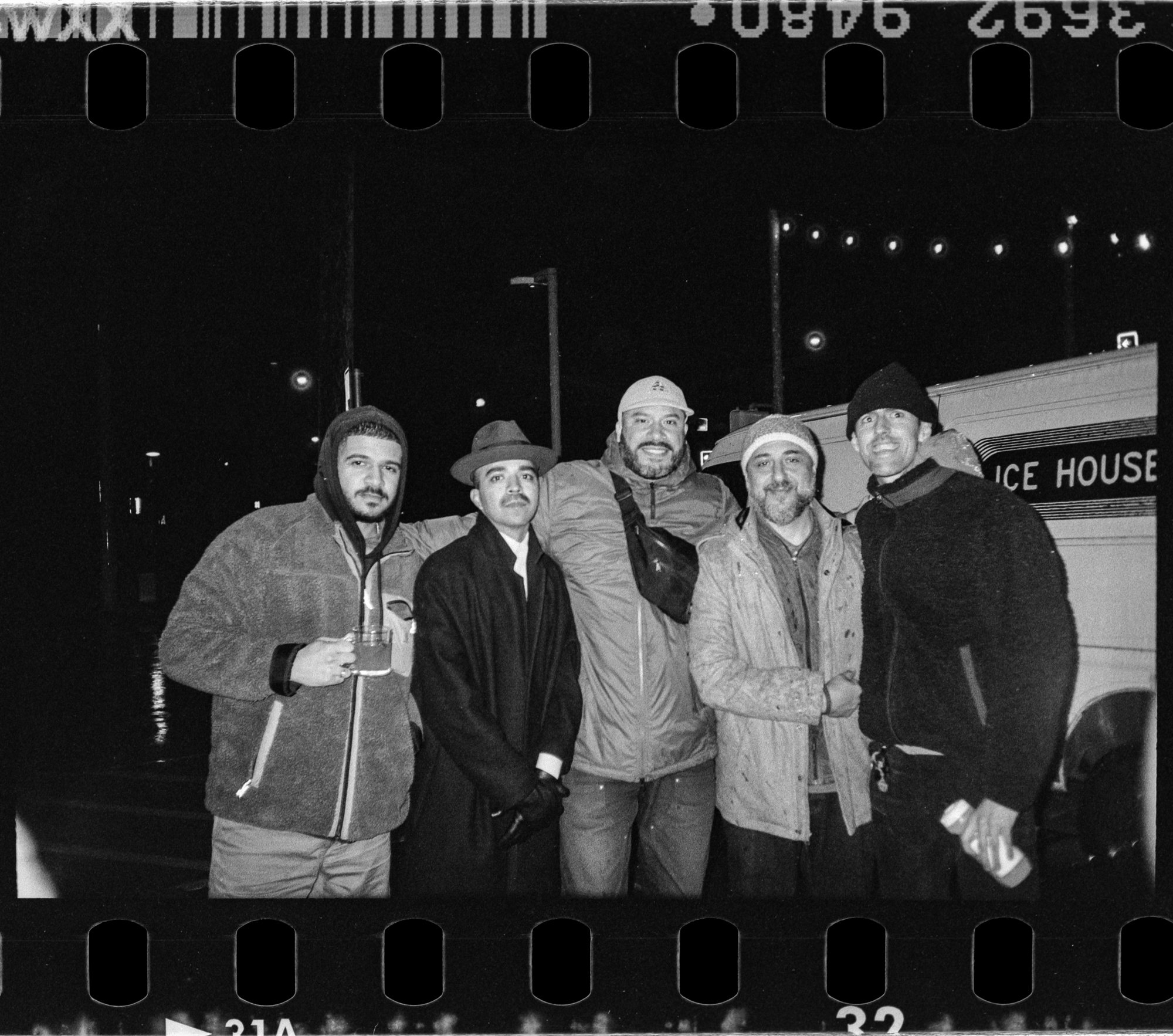A team of Brigham Young University researchers measuring noise levels during SpaceX’s Oct. 13 Starship Super Heavy launch from Boca Chica found that associated overpressure events had the potential to cause structural damage in nearby communities.
An overpressure event is a sudden increase in atmospheric pressure caused by the shock wave from an explosion or, in the case of Starship testing, sonic booms. The research team, led by Kent L. Gee, BYU professor of physics and chairman of the university’s Department of Physics and Astronomy, found that the sonic boom made by the Super Heavy booster’s return to the launch pad caused the biggest overpressure event.
The fifth test flight of Starship on Oct. 13 featured a successful booster catch at Boca Chica’s Orbital Launch Pad A (OLP-A), the first time SpaceX has attempted the maneuver.
“Approximately 7 min after liftoff, the Super Heavy booster returned … resulting in a widespread flyback sonic boom, propulsion noise during landing and booster catch … and an additional sonic boom due to the vehicle’s hot-staging ring falling from high altitude into the ocean several kilometers from OLP-A,” the study’s authors wrote.
The hot-staging ring is described as a “removable, vented heat shield that prevents the booster from being damaged by upper-stage (Starship) ignition.”
The team measured sound levels at eight monitoring stations on Oct. 13, the closest on the southern end of South Padre Island about 6 miles from the launch site, and the farthest a private resident in Brownsville approximately 22 miles away. A monitoring station was also set up in Port Isabel a little under 6.3 miles from the launch site.
Sonic-boom-related overpressures measured more than 6 miles away were 1-4 pounds per square foot (psf) greater than the Federal Aviation Administration predicted in Environmental Assessments from 2022 and 2024, according to the BYU study. The possibility of overpressures exceeding 10 psf could lead to “increasing structural damage claims,” according to the authors.
“Because overpressures near and exceeding 10 psf at Port Isabel and the south end of South Padre Island pose greater risk of structural damage, such as glass breakage and falling bric-a-brac … additional measurements closer to OLP-A should be made,” the authors concluded.
At a distance of about 12.4 miles from the launch site, the Super Heavy “flyback booms” are similar to perceived levels of a SpaceX Falcon 9 rocket at 6.2 miles (a key finding of the study), and are roughly twice as a loud as the supersonic Concorde passenger jet, retired in 2003.
The team measured the noise levels from launch and flyback sonic booms using an “A-weighted” metric, which captures the sound exposure level (SEL) as detected by the human ear, and a “Z-weighted” metric, which measures the actual noise with no weighting for the human ear.
 SpaceX’s mega rocket Starship lifts off from Starbase for a test flight Sunday, Oct. 13, 2024, in Boca Chica, Texas. (Eric Gay/AP Photo)
SpaceX’s mega rocket Starship lifts off from Starbase for a test flight Sunday, Oct. 13, 2024, in Boca Chica, Texas. (Eric Gay/AP Photo)The study also highlighted discrepancies between the sounds levels measured and what the FAA’s Environmental Assessments (EA) predicted. For example, the researchers found that the A-weighted SEL during the Starship launch was 18 decibels (dB) less at nearly 22 miles from the launch site than predicted.
“This difference is surprising after the measured maximum A-weighted level was predicted reasonably well in the EA,” according to the study. “The reasons for this discrepancy are unclear but suggest the need for additional near-source measurements and refined modeling.”
Also, measured Z-weighted maximum noise level was 9 dB greater at roughly the same distance compared to EA predictions. Another key finding is that the Starship launch is “substantially louder” than the launch of a NASA Space Launch System (SLS) rocket, with “far-field noise” from Starship at least ten times louder than SpaceX’s Falcon 9 rocket.
“At these distances, the noise from one Starship launch is equivalent to around (four to six) SLS launches and at least 10 Falcon 9 launches,” the authors wrote. “Although these are relative comparisons, they provide greater insight into a vehicle that may soon launch more than 100 times per year. To understand Starship’s potential noise impacts on sensitive structures, communities, and the environment, additional measurements are needed to verify this letter’s findings and to extend them to closer ranges.”
The post Study: Sonic booms from SpaceX launches could cause structural damage appeared first on MyRGV.com.
 (2).png)
 2 months ago
61
2 months ago
61








 English (US)
English (US)